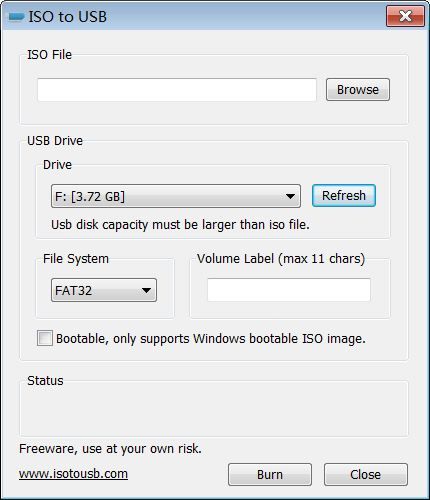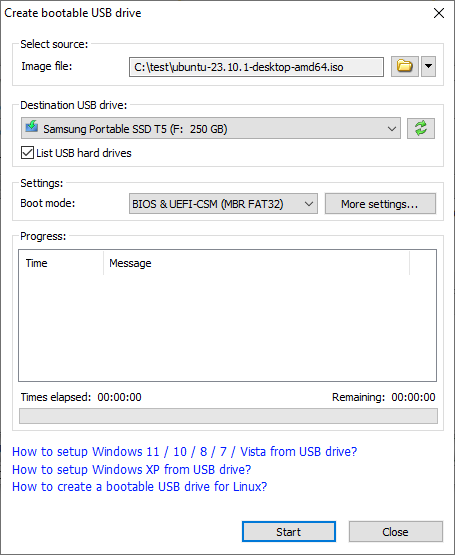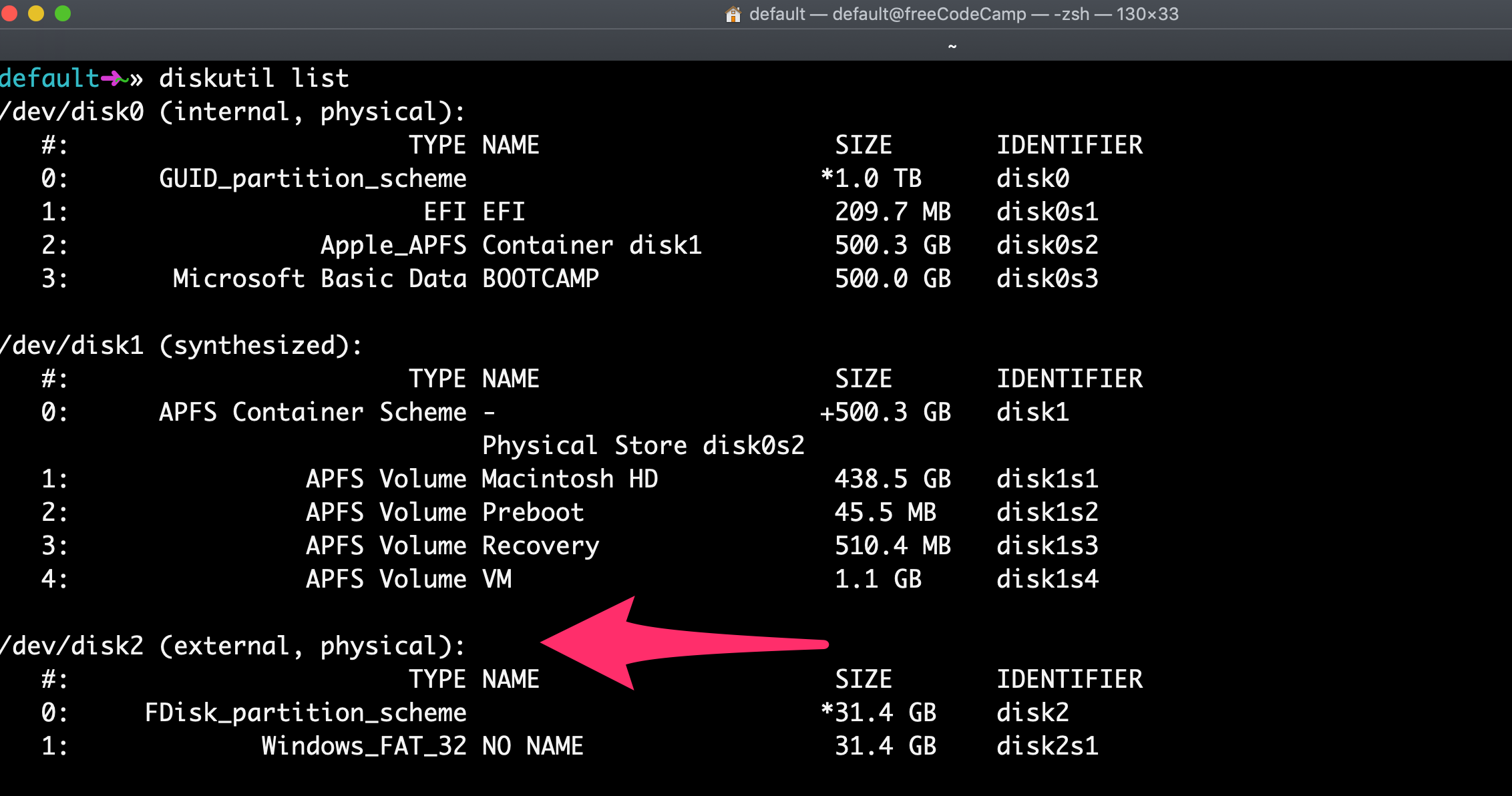

- #WRITING ISO TO USB BOOTABLE MAC INSTALL#
- #WRITING ISO TO USB BOOTABLE MAC PASSWORD#
- #WRITING ISO TO USB BOOTABLE MAC DOWNLOAD#
By burning a bootable USB drive from an ISO image file, you can easily boot the computer from external USB flash drive and fix Windows issue to get the devcie back to normal. You can now quit Terminal and eject the volume.USB drives are really useful, not just for saving your regular media files like movies and other digital content, but also for critical applications such as system repair or Windows reinstallation.
#WRITING ISO TO USB BOOTABLE MAC INSTALL#
When Terminal says that it's finished, the volume will have the same name as the installer you've downloaded, such as Install macOS Monterey.After the volume has been erased, you may see an alert stating that Terminal would like to access files on a removable volume.Terminal displays the progress as the volume is being erased. When prompted, type Y to confirm that you want to erase the volume, then press Return.Terminal doesn't show any characters as you type your password.
#WRITING ISO TO USB BOOTABLE MAC PASSWORD#
When prompted, type your administrator password and press Return again.* If your Mac is using macOS Sierra or earlier, include the -applicationpath argument and installer path, similar to the way this was done in the command for El Capitan. Sudo /Applications/Install\ OS\ X\ El\ Capitan.app/Contents/Resources/createinstallmedia -volume /Volumes/ MyVolume -applicationpath /Applications/Install\ OS\ X\ El\ Capitan.app Sudo /Applications/Install\ macOS\ High\ Sierra.app/Contents/Resources/createinstallmedia -volume /Volumes/ MyVolume Sudo /Applications/Install\ macOS\ Mojave.app/Contents/Resources/createinstallmedia -volume /Volumes/ MyVolume Sudo /Applications/Install\ macOS\ Catalina.app/Contents/Resources/createinstallmedia -volume /Volumes/ MyVolume

Sudo /Applications/Install\ macOS\ Big\ Sur.app/Contents/Resources/createinstallmedia -volume /Volumes/ MyVolume Sudo /Applications/Install\ macOS\ Monterey.app/Contents/Resources/createinstallmedia -volume /Volumes/ MyVolume If it has a different name, replace MyVolume in these commands with the name of your volume. These assume that the installer is in your Applications folder and MyVolume is the name of the USB flash drive or other volume you're using.

Type or paste one of the following commands in Terminal.Open Terminal, which is in the Utilities folder of your Applications folder.Connect the USB flash drive or other volume that you're using for the bootable installer.You will create the bootable installer from this app, not from the disk image or. It will install an app named Install OS X El Capitan into your Applications folder. Inside the disk image is an installer named InstallMacOSX.pkg.
#WRITING ISO TO USB BOOTABLE MAC DOWNLOAD#
Download using Safari and open the disk image on a Mac that is compatible with OS X El Capitan.The installer for OS X El Capitan will be downloaded to your Downloads folder as a disk image named InstallMacOSX.dmg. Enterprise administrators: download from Apple, not a locally hosted software-update server.Download on a Mac that is using macOS Sierra 10.12.5 or later, or OS X El Capitan 10.11.6.Download on a Mac that is compatible with that version of macOS.If the installer opens after downloading, close it without continuing the installation process. The installer for macOS Monterey, macOS Big Sur, macOS Catalina, macOS Mojave or macOS High Sierra will be downloaded to your Applications folder as an app named Install macOS.


 0 kommentar(er)
0 kommentar(er)
